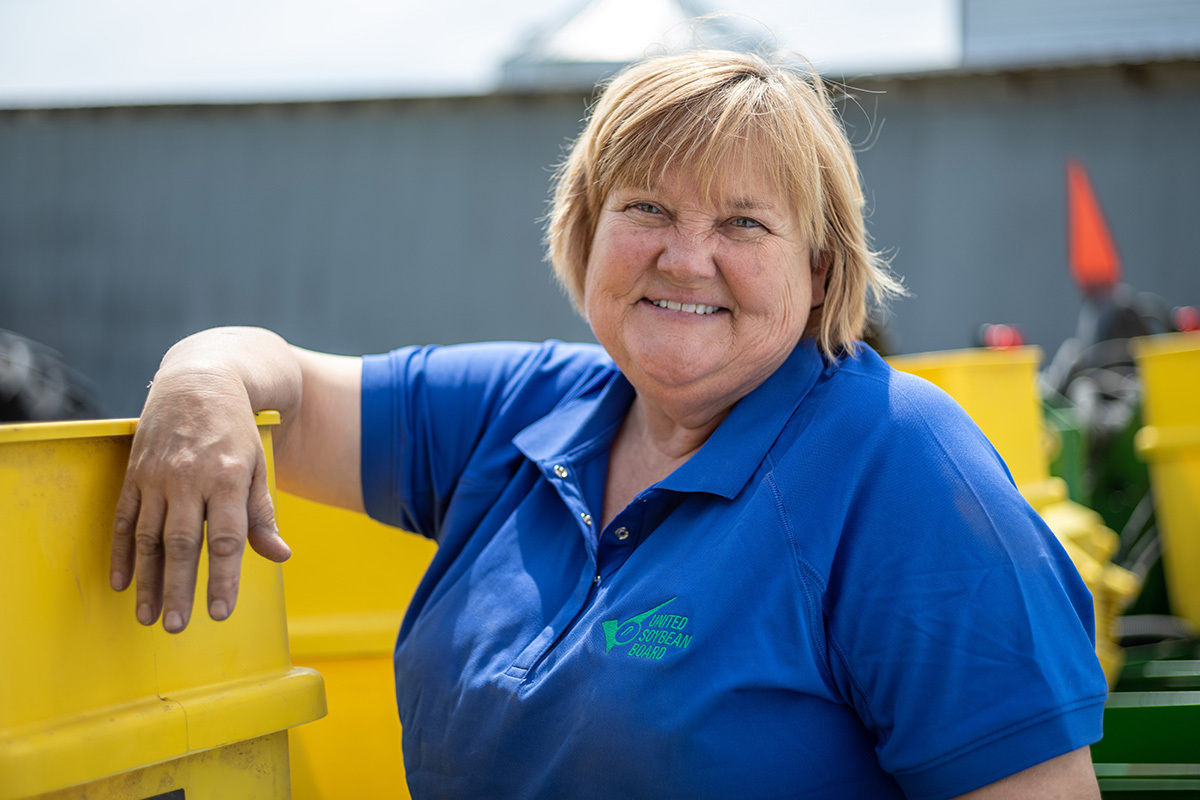Four Tips to Help Farmers Manage Class of Diseases that Includes Phytophthora, Pythium

Understanding pathogens that cause disease in soybeans is essential for U.S. soybean farmers. According to Jim Kurle, Ph.D., a category of organisms called oomycetes impact both stand establishment and yield, making them an especially important pathogen for farmers to know.
“Oomycetes, including Phytophthora sojae and Pythium species, are particularly important because of their prevalence in the north-central United States, where the majority of soybeans are grown,” says Kurle, a University of Minnesota professor. “Their occurrence is influenced by a combination of environmental factors, soil type and management constraints.”
Kurle says a combination of management practices is the most effective means of preventing diseases caused by oomycetes. Here are four practices he suggests: In a “Focus on Soybean” webcast, Kurle discusses the difference between oomycetes and fungi and how management of diseases caused by these two organisms might differ.
- Soil management — Practices that promote drainage or minimize compaction can limit the length of time when conditions are favorable for spore development, movement and infection. This makes the environment less favorable for disease and makes seed treatments and any resistance the plant has more effective at limiting the effects of disease.
- Disease resistance — Selecting soybean varieties with partial resistance to Phytophthora sojae helps reduce seed, seedling and root rots caused by this pathogen.
- Seed treatment —Choose seed-treatment fungicides that target oomycetes. Fungicides with mefenoxan and metalaxyl are most effective on these specific pathogens.
- Crop rotation — This method on its own has limited effectiveness because of the persistence of oomycete spores. However, rotation can be helpful to have in place as part of a system in combination with other management practices.
The soy checkoff supports the “Focus on Soybean” webcasts through a partnership with the Plant Management Network.



